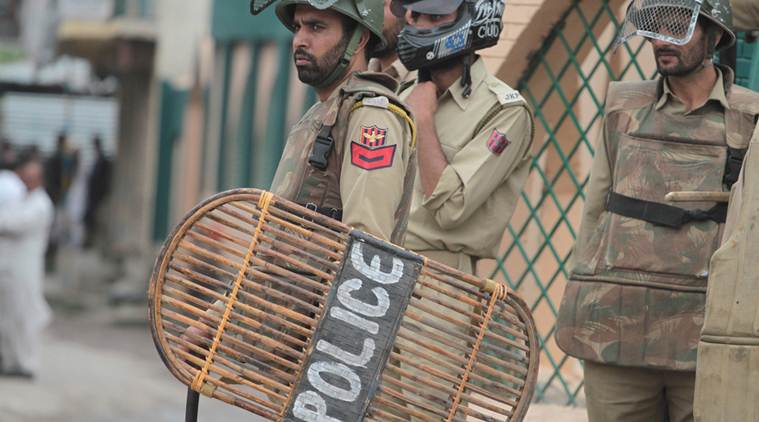
Around three decades ago, my family fled Kashmir. I have lived in exile in Jammu, Mumbai and London. I have been applying for my ballot from Kashmir, during elections. Never have I been able to vote, despite the provision being there since 1996, under Section 36A of J&K Representation of People’s Act 1957, which provides for setting up booths outside the territorial jurisdiction of the constituency.
The process of seeking a ballot and then voting was like a black box, red tape at every step and devoid of technology automation. It was so fractured, inconvenient, cumbersome, time-consuming and officer-dependant that most of the displaced Kashmiris were never able to vote. Soon, most of us started enrolling as voters from our temporary residence-in-exile, giving up our right to vote from the Valley. Meanwhile, those who are unaware of and uninitiated into the macro view, call us names like “politically challenged” for “boycotting” voting from the Valley.
For the last three years, I have been writing to the Election Commission of India (ECI) and the Union and state governments about our ease in enrolling to vote and voting. I was finally granted an appointment to make a presentation to the three-member Election Commission on March 15. The next day, I worked with the ECI to put the policy in place. Like any technology product, I brought the user pain-point perspective to the table, with the ECI looking at the policy framework to accommodate it. We came up with what can be done for the forthcoming Lok Sabha elections as well as the steps to be taken in the long term, the latter being a work in progress. The more process automation takes place through technology, the more transparency, ease of enrolling and voting will unfold for us.
To the credit of the chief election commissioner and the two commissioners and with the active engagement of the concerned deputy election commissioner and his team, the discussed draft was put up for approval immediately. On March 22, it was approved that the local Electoral Registration Officer (ERO), in any part of India, will accept our postal ballot form (Form 12C) and transmit it electronically to the Assistant Returning Office, Jammu. The displaced Kashmiri, after receiving the ballot, will send the vote by speed post, whose cost is paid by the ECI. Apart from this, M-Forms for voting at 26 polling booth spread across Jammu, Udhampur and Delhi will be available. Due to the shortage of time, more booths could not be provided in other cities.
All the candidates for the Lok Sabha seats in the Valley were announced by mid-March. The above scheme got approval a week later and is getting visibility only now. Since we are seen as inconsequential to the Valley’s politics due to not being able to vote there, no political party has given a ticket to a displaced Kashmiri in the current Lok Sabha election.
In a short time, 99,299 amongst us have been enrolled to vote in the Valley and enrolling all those who are still left out is a work in progress. We can now vote from our place of origin in the Valley. No political party can ignore us now.
The displaced Kashmiri voter has gone from being inconsequential to consequential. She has arrived as a political stakeholder in the Kashmir Valley.
This article first appeared in the print edition on April 3, 2019 under the title ‘Voters of consequence’. The writer, a displaced Kashmiri, works in the field of high technology research.